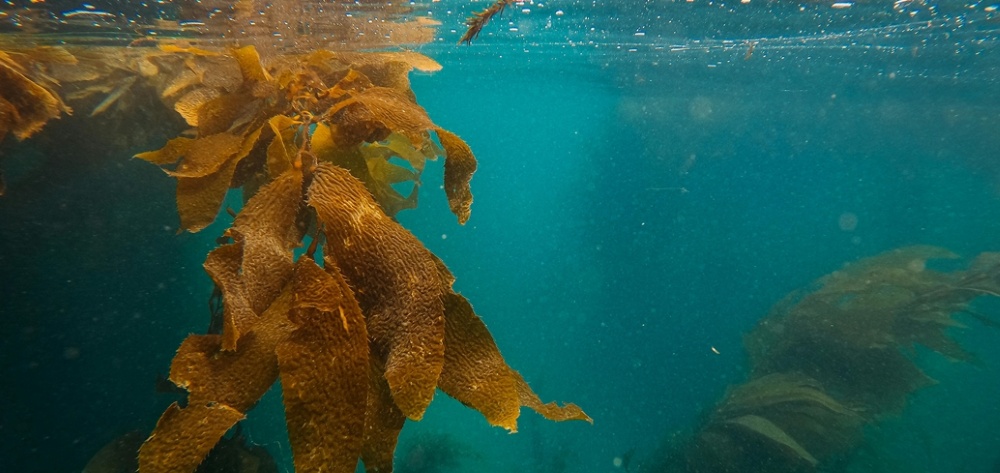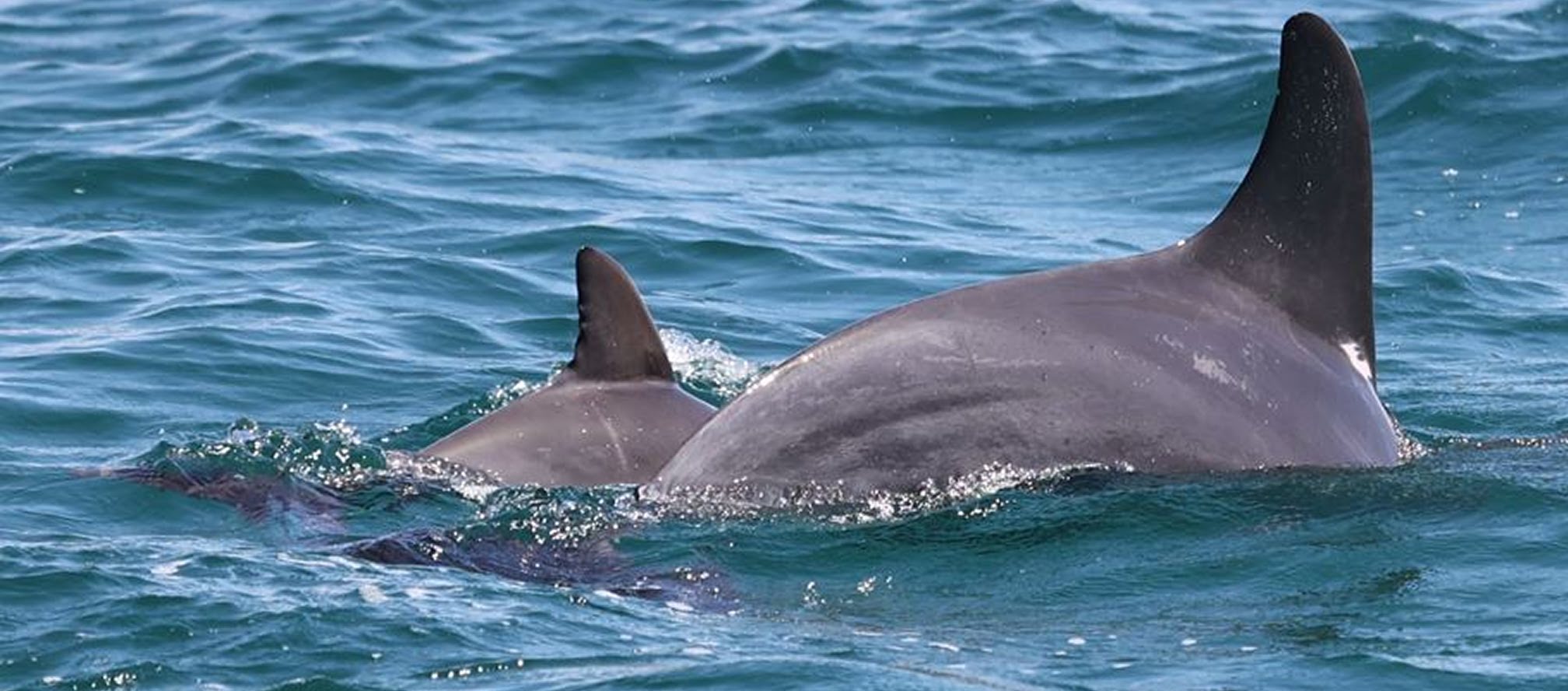
Westport has partnered with the Western Australian Marine Science Institution (WAMSI) to deliver the $13.5 million WAMSI-Westport Marine Science Program. This 3-year program is developing the latest data, information and modelling on the complex environmental systems and community values associated with Cockburn Sound.
Project 2.2: Posidonia sinuosa tolerates the cumulative effects of a short-term heatwave and low light event
Research Theme: Benthic Habitats and Communities
Researchers: C Webster, N Said, N Dunham, A Bywater, M Jung, J Billinghurst, S Styrdom and K McMahon
Publication date: November 2024
Understanding the cumulative impacts of a heatwave and low light on Posidonia sinuosa
Marine heatwaves are increasing in intensity and frequency in Western Australia and therefore the likelihood of seagrass being exposed to the combined stress of a heatwave event whilst a dredging operation occurs increases.
This study looked to understand the cumulative impacts of this scenario on Posidonia sinuosa in Cockburn Sound.
Under controlled experimental conditions, seagrass plants were harvested and then set up in a simulated environment, with variations of heatwave and low light conditions applied to assess the impacts on seagrass health.
The research found heatwaves and low lights worked independently rather than synergistically with each other, so the impacts were less cumulative but dependant on the single stressor.
However, the investigation did find that the application of joint stressors did have an impact by lowering carbohydrate stores in the plant, potentially making it less resilient to future heatwaves/low light events.
What the report found
- The impact of heat was independent of the impact of light treatment.
- Plants under heatwave temperatures were more productive and lost fewer shoots compared to those under ambient temperatures.
- Shoot density was significantly reduced under low light, but results indicated that meadows can tolerate longer durations of exposure.
- Overall, the results implied that sinuosa can tolerate light reduction induced by dredging during a short-term (≤21 days) heatwave, but if heatwaves continued for longer than 21 days, a more conservative approach should be considered.
- Current light thresholds for seagrass do not need to be modified. However, in the case of more intense or persistent heatwaves in the future, they may need to be changed.
How Westport will use the report
The report will be used to inform Westport’s dredging management plan and inform Westport’s overall environmental management framework to support seagrass health during port construction and operation.
You can read the full report here.

